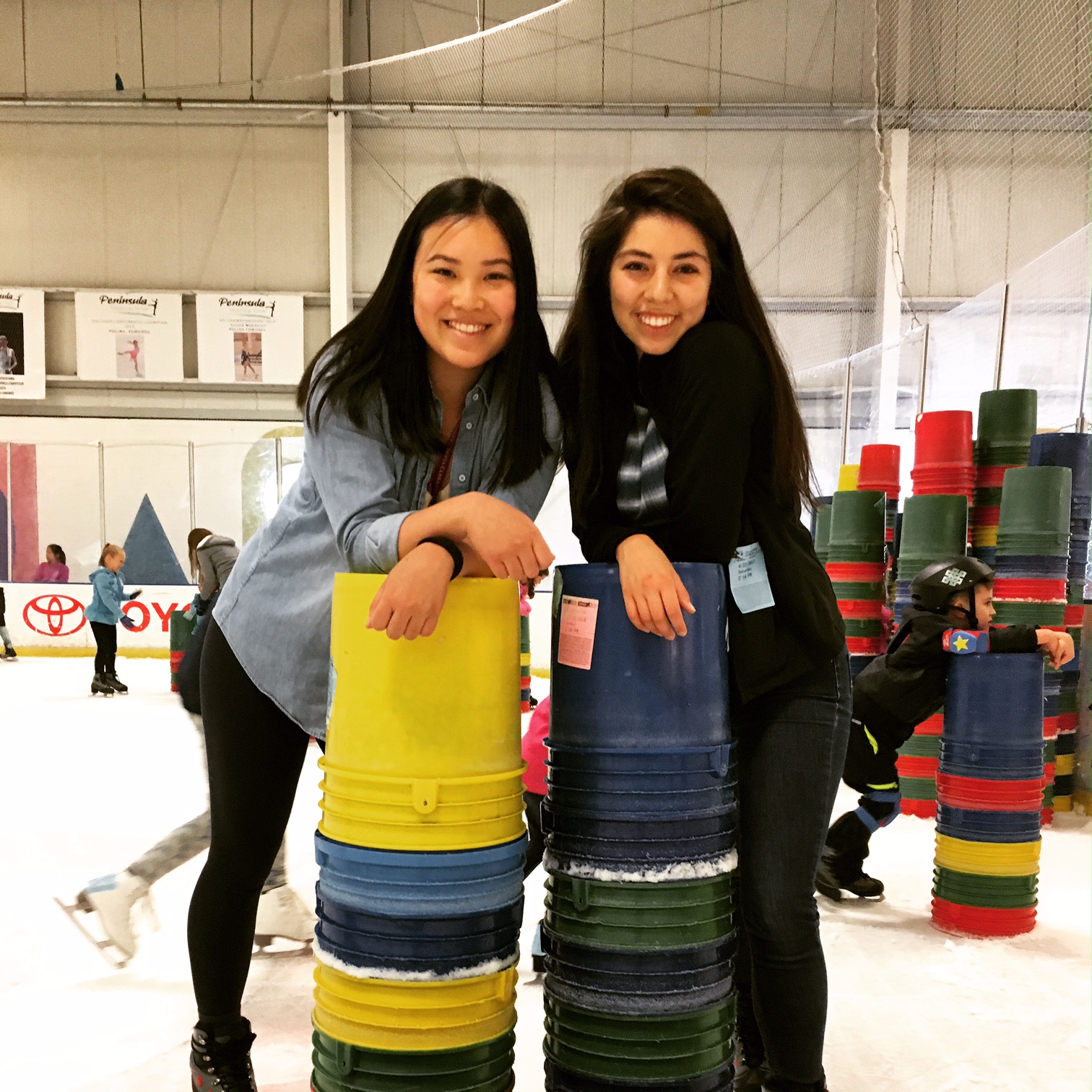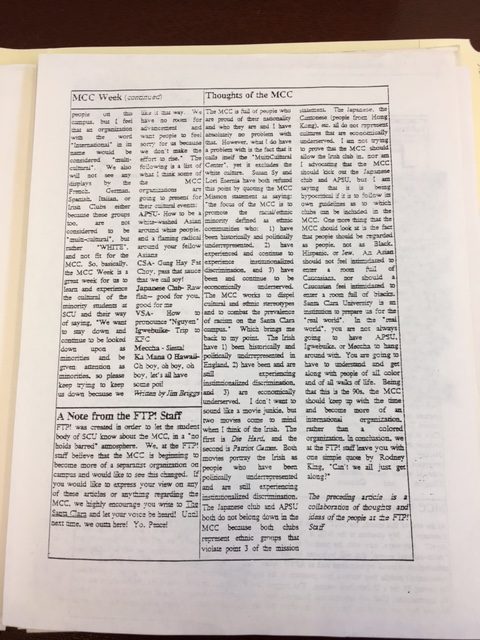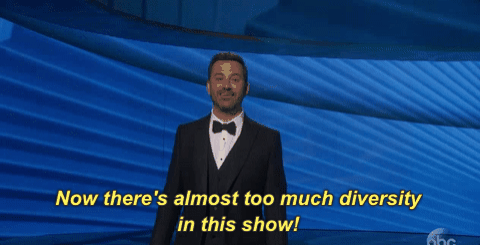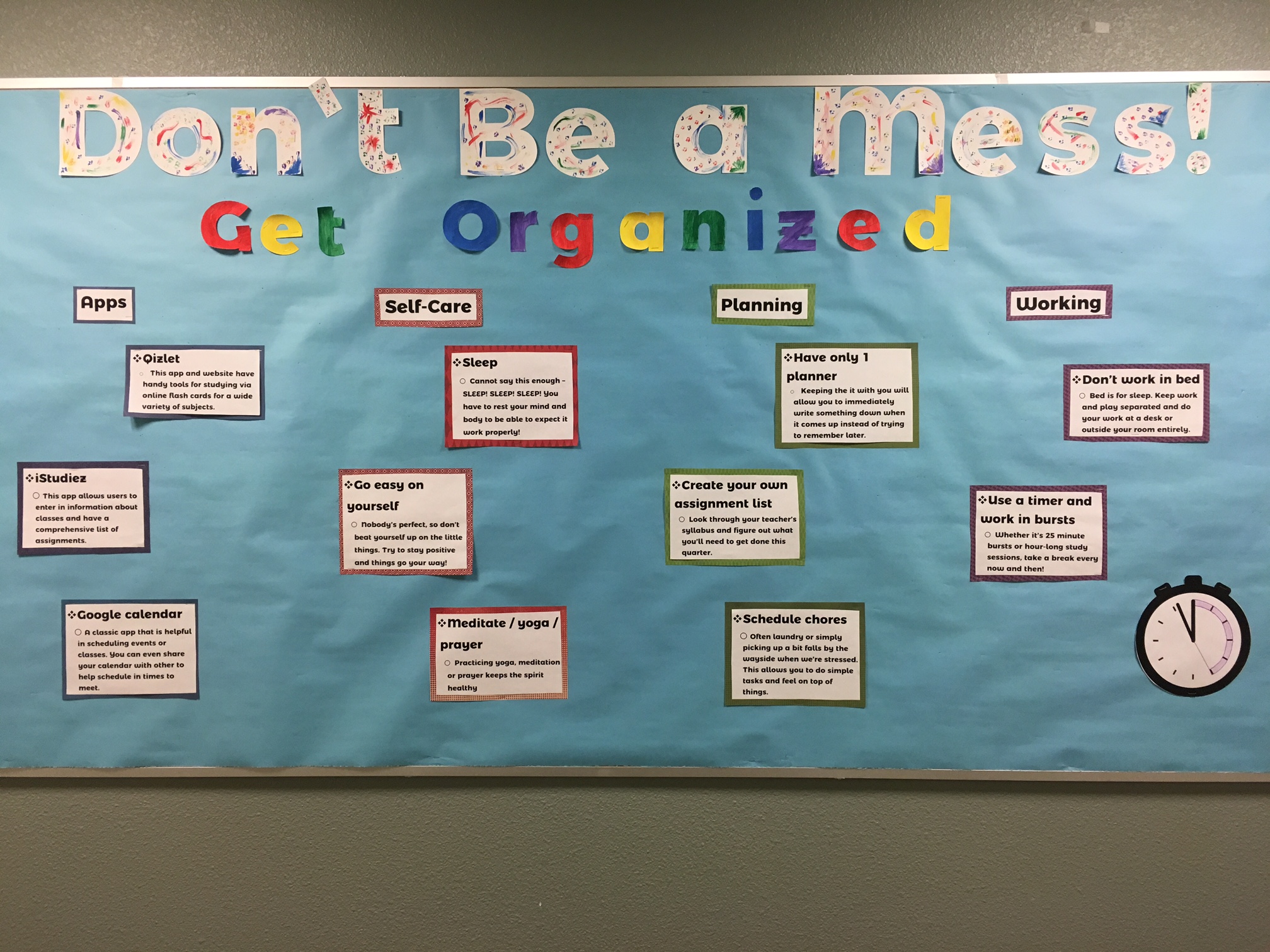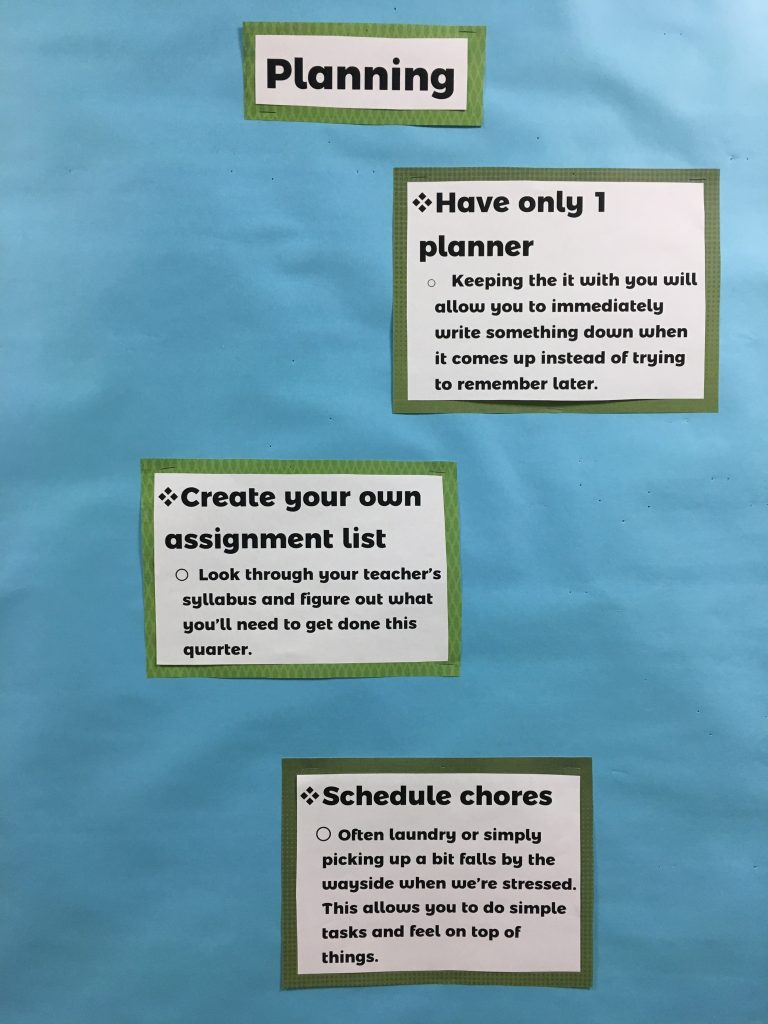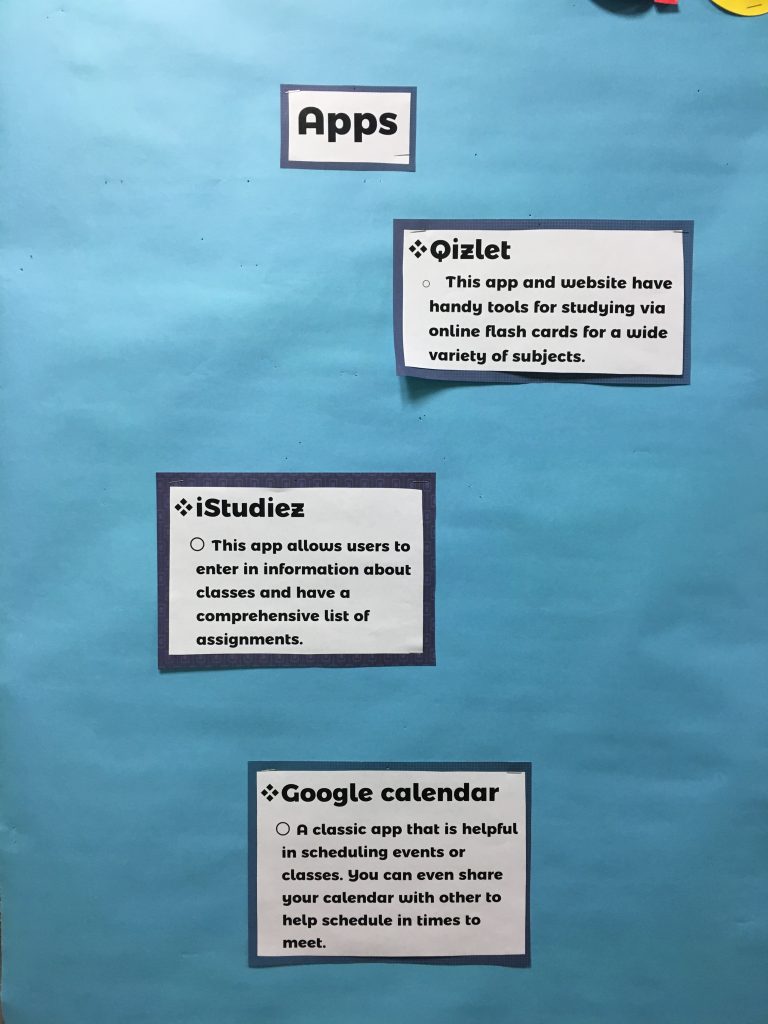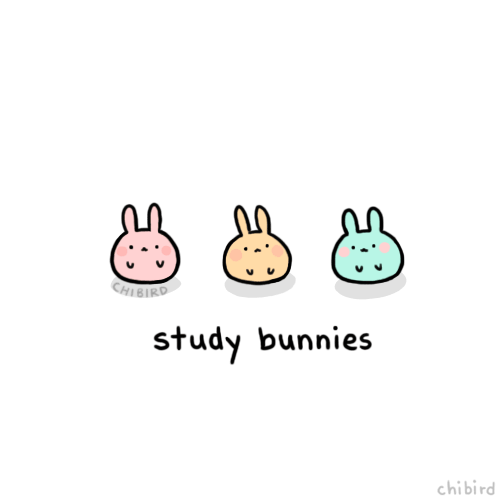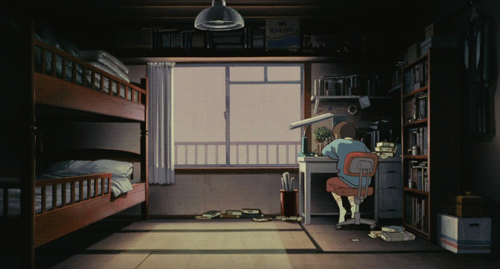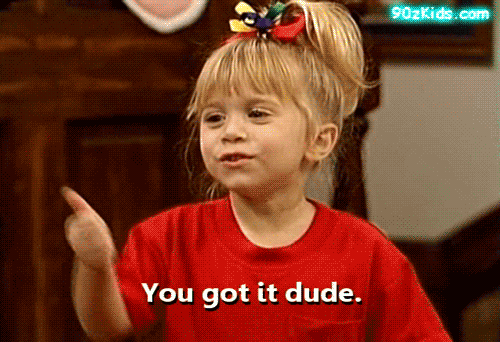Klein and His Heuristic
One of the assigned readings of our Critical Thinking and Writing class, “What Is It We Do When We Write Articles Like This One–And How Can We Get Students To Join Us?” (it’s a mouthful, I know) by Michael Klein presented the typical scene of college students “researching” via copying texts from materials in the library, not truly comprehending what they were reading or writing. Thinking more about this, Klein decides to consult other English professors and reaches the conclusion of what academic writing requires.
Until this point, it seems like Klein’s making a breakthrough in the field of research, seeing it as being both “strategic” and “heuristic”. This means to “collect data and write…their goal(strategic work), but also…to accommodate and consider unexpected data and insights that are discovered during the process (heuristic work)” (Klein). Klein’s concepts can be achieved through the “hunter and gatherer” strategy. According to his idea, “A hunter finds what he is looking for; a gatherer discovers that which might be of use” (Klein).

Me as a Hunter and Gatherer!
When it comes to archives and written texts, I’m both the hunter and the gatherer, looking in specific subtopics while being open to reading anything somewhat useful. In terms of online databases, I tend to lean towards being a hunter, simply due to the search methods used in researching online.
For example, I searched through the Chicano Studies in the 1980s box in the SCU Library Archives, hoping to find something relating to the Multicultural Center or just diversity. Although I knew it would be a bit of a stretch, I was open to finding anything after hearing how difficult and complicated archival research could be. Flipping through the heavy files, I randomly chose a file, hoping it could be lucky. Carefully reading the documents, I found “Admissions Office Proposed Black And Hispanic Recruiting Plan, 1986-87″. This packet of roughly 20 pages ended up being one of my main materials for my first research essay in class!
This experience proves that it’s not always intense hunting that can lead you to great sources, but insightful and careful gathering that reaps the most important pieces.

Thanks for reading!
P.S. Click on this link to get basic, but gr8 tips for researching!
